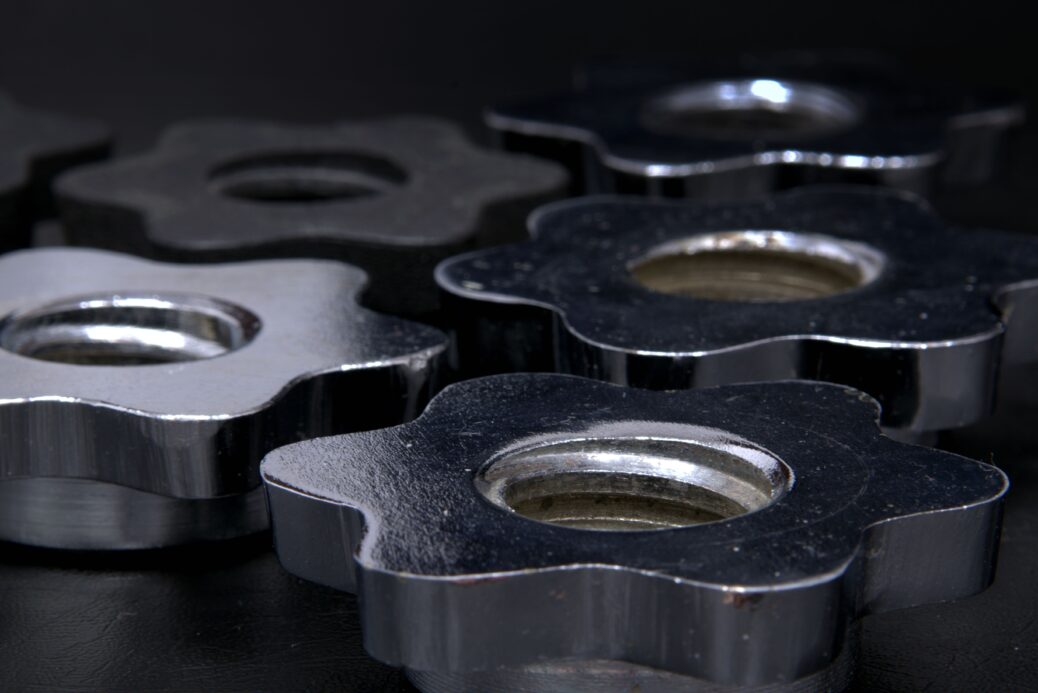For several ventures, revolutionary steel may be a great choice. It’s sturdy, long-lasting, and looks good. It is hotter, less corrosion-resistant than metals such as aluminum and copper is available in many degrees so that it may be adjusted for a range of applications.
Advantages of Stainless Steel
In corrosion and staining can withstand infinite steel. This includes chromium which produces a chromium oxide layer on the surface of a metal. The film gets into touch with oxygen which covers the surface of the product if stainless steel has dangerous factors.
Manufacturing companies add additional features to enhance the corrosion-resistant characteristics of the metal. Several additional components are nickel content, nitrogen content, and molybdenum content, which produce over 60 different types.
The temperature tolerance for inoxidable steel is higher than many of the other products. Without reducing power, it may be lighter and tailored to a species of tasks. Steel is good with the community. It may be reused without reducing energy or value.
Forms of Stainless Steel
Five forms of this type of steel were distinguished.
- Ferritic Grades – We produce small amounts of carbon content and are focused on high chromium.Standart ferritic is used in cases where solding is not required. They are excellent for naval apps, since they are resistant to stress corrosion cracking and magnetic.
- Austenitic Grades–Austenitic stainless steel is the most widely produced. Stainless steels s may be quickly welded and formed The strength lies in the presence of copper, nitrogen and manganese.Type 304 can be an example for austenitic stainless steels.
Type 304
Type 304 stainless steel is a T 300 Series Stainless Steel austenitic. It has a minimum of 18% chromium and 8% nickel, combined with a maximum of 0.08% carbon. It is defined as a Chromium-Nickel austenitic alloy.
Grade 304 is the standard “18/8” stainless that you will probably see in your pans and cookery tools.
These are some of its characteristics:
- Forming and welding properties
- Corrosion/ oxidation resistance thanks to the chromium content
- Deep drawing quality
- Excellent toughness, even down to cryonegic temperatures which are defined as very low temperatures
- Low temperature properties responding well to hardening by cold working
- Ease of cleaning, ease of fabrication, beauty of appearance
- 304 stainless steel cannot be hardenable by heat treatment
- Martensitic – Martensitic SS’s are used for the high strength and mild tolerance to oxidation systems. These are often used in cutting devices, scissors and dentistry and medical equipment.
- Duplex – Such steels are highly resistant to oxidation fracturing and of incredibly high strength.
- Precipitation hardening – These steels may be formed into robust, complex designs.
Forms of Plans Where Stainless Steel is the Most Suitable Choice
Hospitals – General purposes of these steels are, due to their corrosion resistance qualities, the best choice in sanitary conditions like hospitals.
Technologies that require high weight to strength ratios – Steel holds more up to the threat of high temperature or chemical destruction than other products. Thanks to its durability, industrial and skyscrapers machinery need steel.
When esthetics is essential – The machines and the tools for restaurants are crafted of stainless steel, which, while used extensively, retains an exterior style. Architects make use of steel, which is stainless for the outside of their structures, after prolonged exposure to rainwater abrasives or contaminants, materials often look brand new.
Commonly Used Stainless Steel Products
In the following products, the Steel materials are an excellent choice:
- Tanks – Stainless steel is the right option of containers holding chemicals, gases in the atmosphere, beverages or other fluids. It is elastic and must not be dense to be durable. This prevents oxidation and other types when a material is exposed to fluids. Millions of gallons can be stored in modern reservoirs. The use of tanks constructed of stainless steel is allowed for medical, manufacturing, food, and waste disposal.
- Furnace Parts – When it warms up, stainless steel performs. For the generator, furnace sections and boiler rooms, it is a good option.
- Outdoor Equipment – In anything outdoors, metal has been used, for both its durability and its tolerance to oxidation. Sites such as St. Louis ‘ Gateway Arch were built from stainless steel.
- Equipment used water – For coastal accommodation and facilities stainless steel is used. Of vessel parts such as gears and propeller shafts, manufactures prefer metal. Even if it is filled with water, stainless steel is a good option for machinery connected to the steadily immersed ships of vessels and pumps.
- Tool exposed to acid – Acid-exposed stainless steel
still prevents and maintains its durability and resilience to corrosion
Other Product Choices
The use of these steels is numerous but other components can also give great advantages. What your plan uses relies on a wide species of factors such as layout, overall cost, and end-utilize. In some cases, galvanized and epoxy metal may be more accessible, while some occupations explicitly call for stainless steel.


